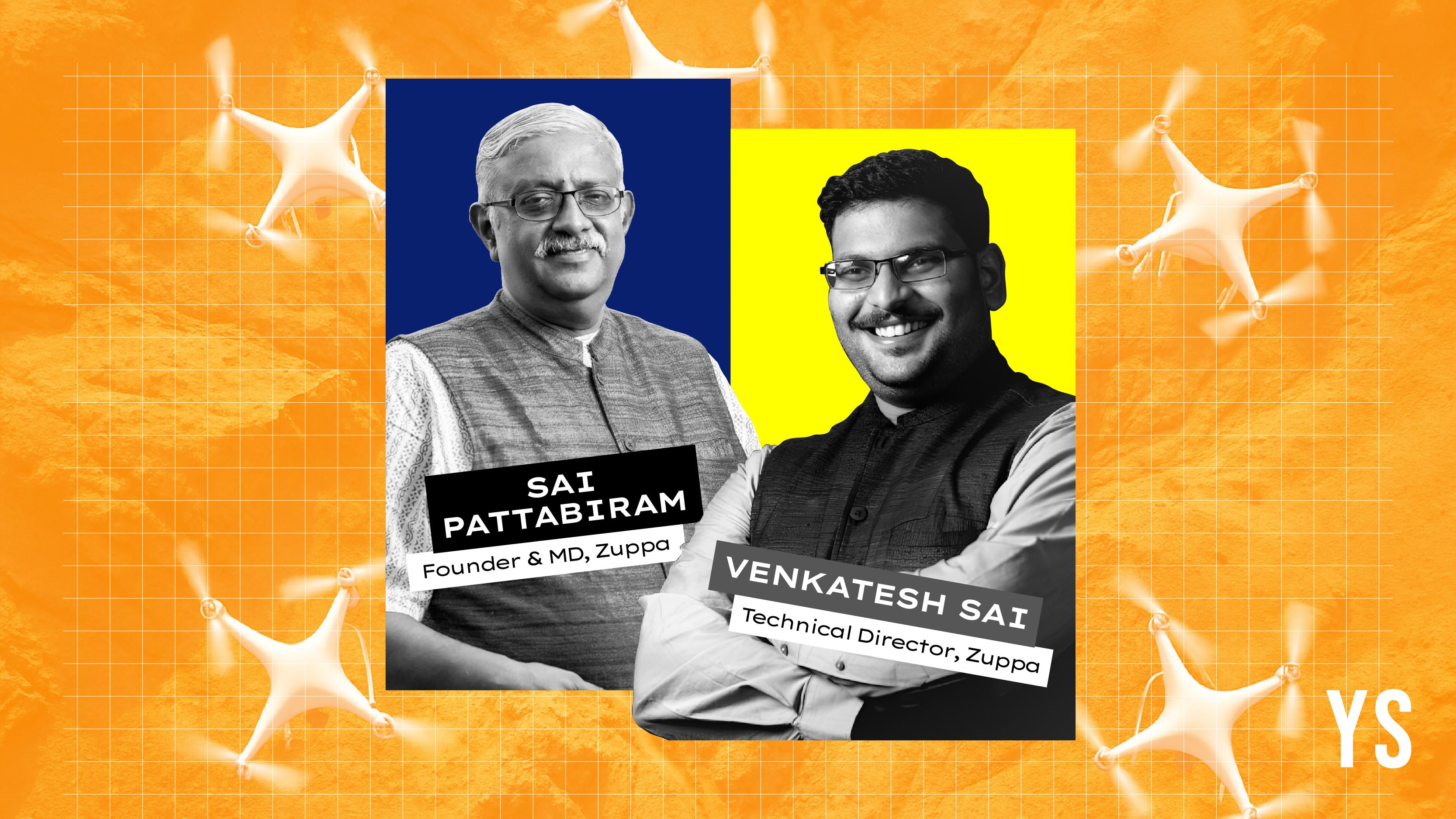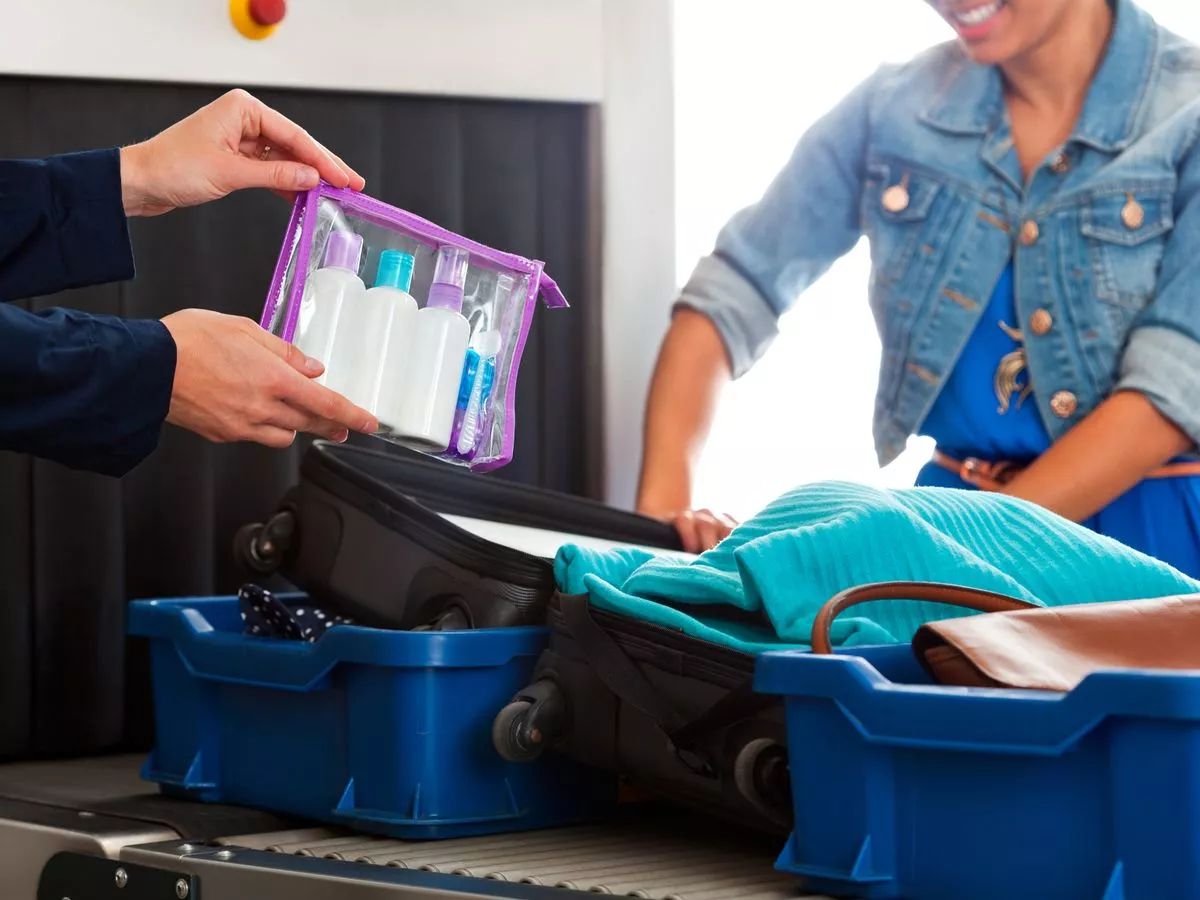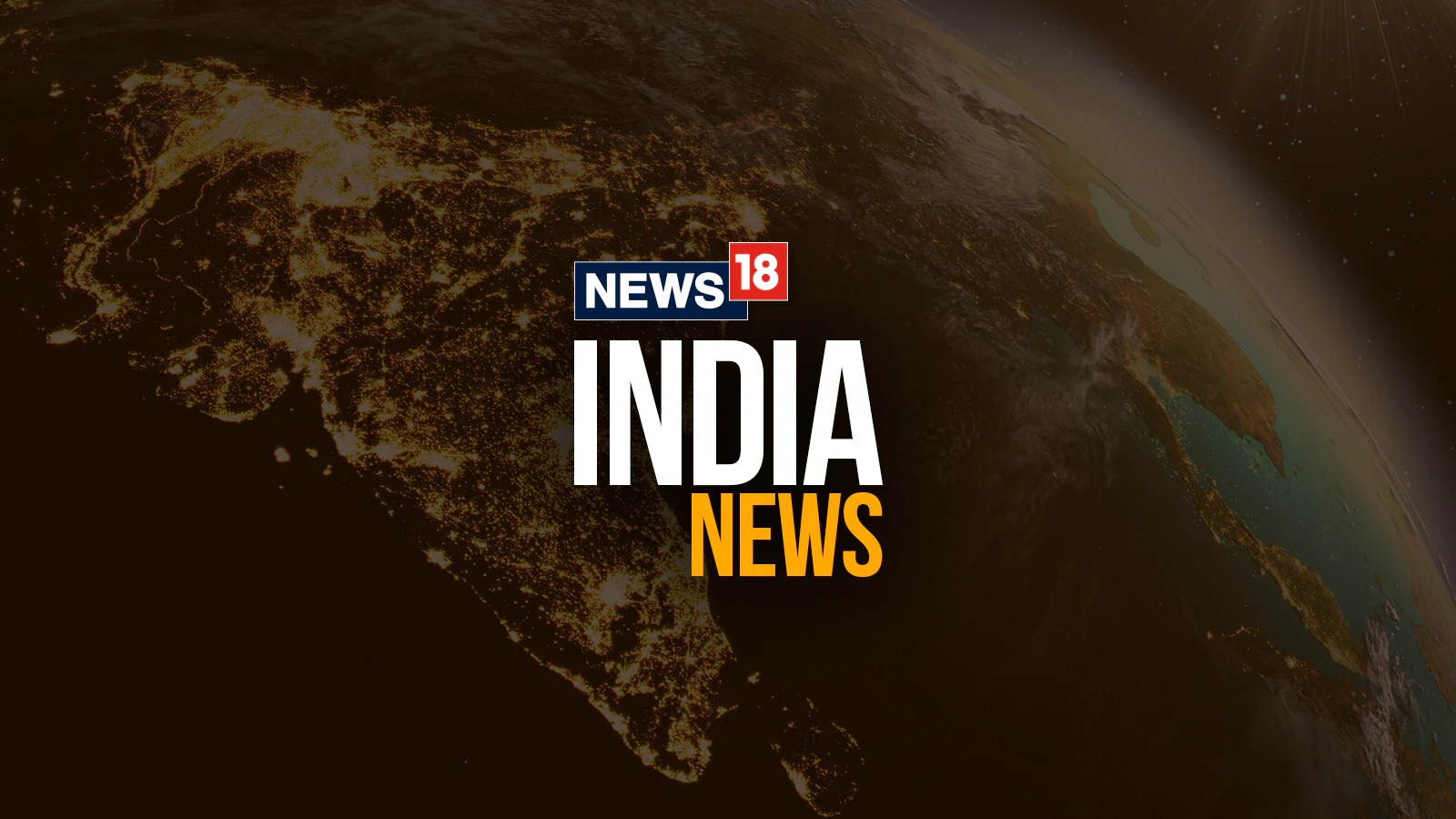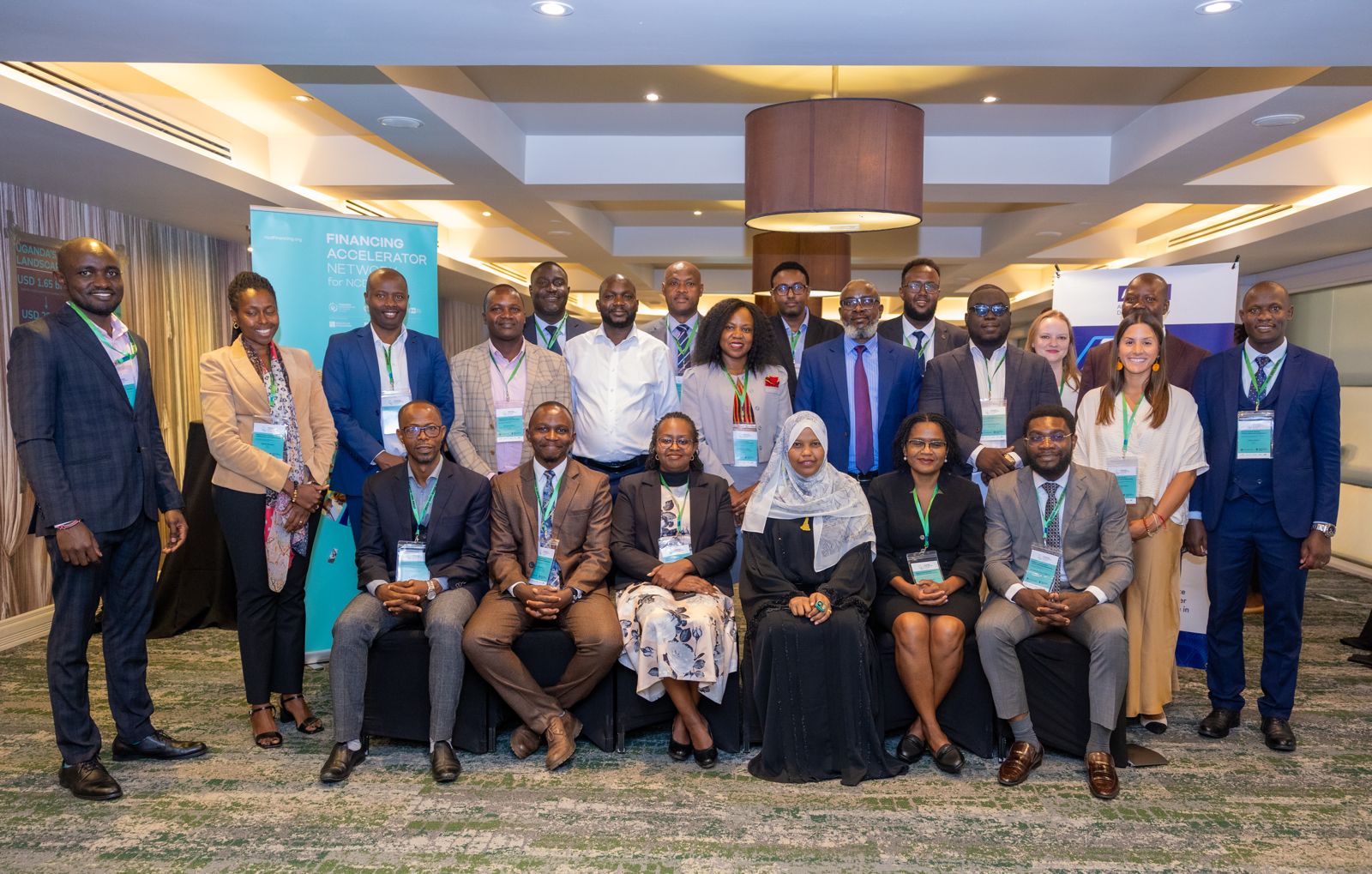By Rashmi Khotlande
Copyright yourstory

Drones are reshaping modern warfare with real-time surveillance and precision strikes. However, in India, most drones are either expensive Western imports or rely on unreliable open-source systems. Additionally, Indian drones have often faced hacking risks due to their dependence on Chinese parts and susceptibility to electronic jamming.
This gap led Sai Pattabiram and Venkatesh Sai to launch Chennai-based in 2019, building on a concept they had been developing since 2011. The founders wanted to design and manufacture unmanned aerial systems for defence, security, and enterprise use.
Chennai-based Zuppa develops hardware and software for surveillance, mapping, logistics, and mission-critical operations.
Its drones are equipped with AI, swarming technology (where multiple drones together coordinate like a flock), and GPS-independent navigation to address both commercial and national security needs.
The market that the team is targeting is huge. According to Fortune Business Insights, the global commercial drone market was valued at $13.86 billion in 2024. It is projected to grow from $17.34 billion in 2025 to $65.25 billion by 2032, at a CAGR of 20.8%.
Zuppa’s drone lineup
Zuppa’s primary drones include the Hawk, Scout, Eagle, and Ajeet Mini, designed for surveillance, mapping, and reconnaissance. They can carry and drop payloads with precision guidance software, while maintaining a strong emphasis on cybersecurity and fully indigenous development.
The Hawk, Scout, and Eagle were deployed during Operation Sindoor, where the Indian defence forces used them for early warning, monitoring enemy movements, and assessing potential attacks. “The Hawk drone played a key role in Operation Sindoor, giving our troops the ability to monitor up to 2 km inside enemy territory along the Line of Control,” Pattabiram tells YourStory.
Among its portfolio, the Ajeet Mini was developed as a compact alternative to Chinese drone maker DJI, which controls nearly 75% of the global consumer market. All Ajeet drones are fully designed and built in India, powered by Zuppa’s in-house NavGati autopilot system, which runs on indigenous PCBs and processors developed by the Centre for Development of Advanced Computing (C-DAC).
Built with a security-first approach, Zuppa’s drones operate across terrains from sea level to 18,000 feet, even in GPS-denied zones and heavy electronic warfare. They also support swarming for coordinated operations, and the company is working with the Indian Army to develop GPS-denied navigation modules to upgrade existing drone fleets.
Zuppa’s Systems
At the system level, Zuppa’s key offerings include the NavGati Autopilot, a motherboard that processes data from multiple sensors to control movement across the X, Y, and Z axes, and Drishaya Vision, which uses live camera feeds for real-time piloting. Every drone is certified to OWASP 4.0 standards, an international benchmark for cybersecurity.
“We built our chipsets in-house to ensure full cybersecurity and operational independence,” Pattabiram says.
At the core of Zuppa’s technology is its patented Distributed Parallel Control Computing (DPCC) architecture, which works like the human brain by processing multiple signals at once for navigation and control.
DPCC enables drones to make reflexive decisions, such as avoiding obstacles, while also supporting systematic navigation. It continuously processes sensory, video, and environmental data, enabling real-time operations across aerial, ground, and waterborne unmanned vehicles.
The Indian Patent Office granted this patent on April 10, 2024, following a nine-year evaluation. Zuppa now holds more than 100 core IPs with Indian and international patents, underscoring its deep R&D focus.
The making of Zuppa’s autopilot
The concept dates back to 2011, when Pattabiram worked with the National Aerospace Laboratories (NAL) and Anna University under the National Programme on Micro Air Vehicles (NP-MICAV). While developing a man-portable backpack UAV, the founders realised the autopilot was the true core of drone technology.
Motors, batteries, and controllers were easy to source but offered little technological advantage. “The autopilot, however, is the brain of the drone, enabling flight, navigation, and autonomy,” Pattabiram says. This insight drove Zuppa’s focus on indigenous autopilot systems to maintain full control over the tech stack and reduce dependence on foreign components.
Inspired by Apple’s ecosystem approach, Zuppa aims to connect different types of drones into a unified system. The autopilot acts as the central brain, enabling coordination, real-time situational awareness, and control across multiple platforms for defence, industrial, and surveillance use.
The hardware uses STM32 processors from STMicroelectronics, sourced from Malaysia, France, and the US to avoid reliance on China while maintaining compatibility. Its system comprises four layers: hardware with processors and circuits, software/firmware, command-and-control linking the two, and a user interface for human interaction.
The market and growth potential
Zuppa primarily serves the defence sector, supplying the Indian Army, the Ministry of Defence with homegrown alternatives to Chinese drones. “The army buys around 3,000 Chinese drones every year, which shows there’s a huge opportunity for domestic alternatives,” Pattabiram says.
It has also delivered a man-portable backpack UAV to National Aerospace Laboratories and deployed 8,000 to 9,000 vehicle tracking systems, mainly in Kerala. Beyond defence, Zuppa has partnered with Hyundai, John Deere, and Mahindra to support projects in inventory management, precision agriculture, and autonomous vehicle technologies.
“After Operation Sindoor, India’s drone sector is showing real growth potential. Government policies like the 2018 drone rules, the Agriculture Ministry’s 75% local content requirement, DGCA approvals, and Make in India initiatives are also helping homegrown development,” Pattabiram explains.
The company has received government support through schemes like NIDHI-PRAYAS and Tamil Nadu’s TAN-FNF programme and has collaborated with the Ministry of Defence on drone cybersecurity frameworks. It also works with Anna University and National Aerospace Laboratories, running aeromodelling workshops and UAV training programmes.
Zuppa has also partnered with DroneAcharya Aerial Innovations, Garuda Aerospace, and the Madras Regimental Centre (MRC) of the Indian Army.
Zuppa’s roadmap
Zuppa is targeting the US and UK, where non-Chinese drone technology is in demand through initiatives such as the US Innovate to Accelerate (I2A) programme.
The 40-member company aims to become the primary provider of indigenous autopilot systems and has raised a total of Rs 20 crore to date. Its most recent Rs 12.3 crore bridge round in July 2025, led by Rahul Dewan of Sangam Talks and supported by Ajay Gupta of Capital Foods and the Mangwani Family Office, will accelerate GPS-independent defence drone technology. Earlier, in May 2025, it secured Rs 5 crore to expand its indigenous Ajeet Series drones.
While defence remains the primary focus, Zuppa is also exploring agricultural applications supported by local content requirements. “Our long-term goal is to make India a trusted global partner in unmanned systems by using our patented technology and complete control over the tech stack to compete internationally,” Pattabiram says.



